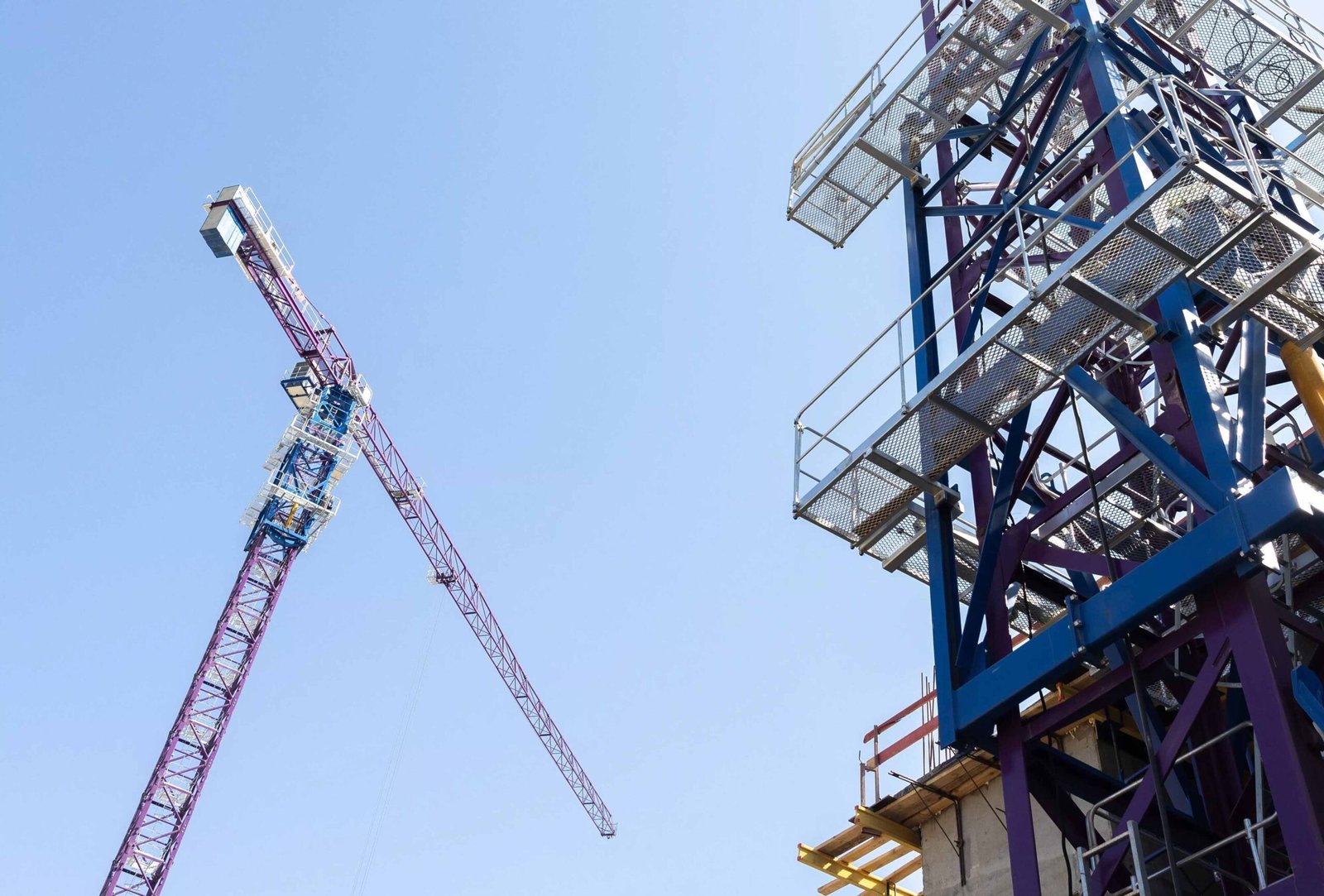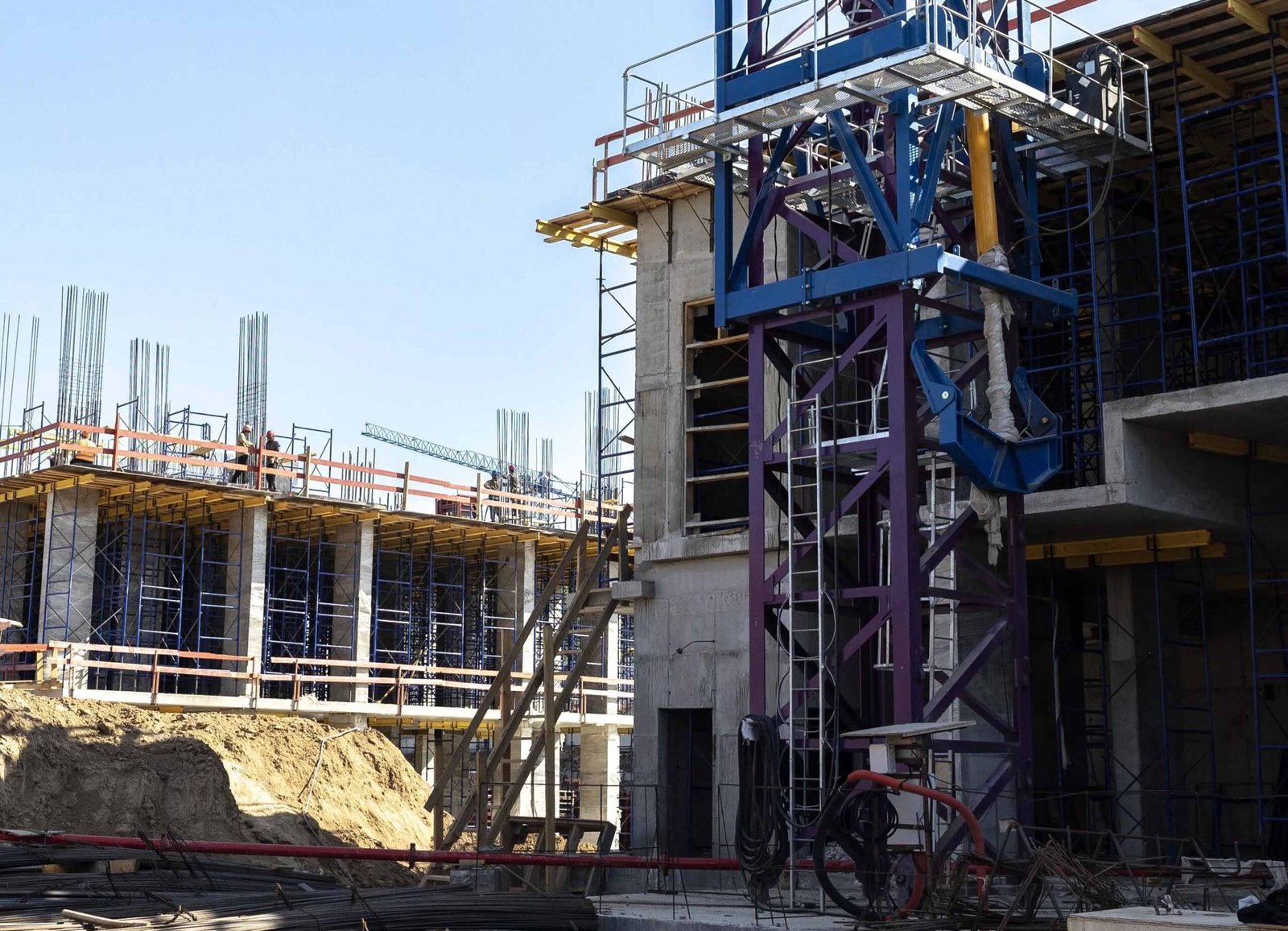
Cranes are essential machines used in construction and various industries to lift and move heavy materials. To ensure they operate safely, cranes must undergo regular certifications1 and inspections2. But how often do cranes need to be certified, and why is this so important? In this article, we’ll explore the frequency of crane certification, servicing, and testing, and discuss regulations3 surrounding crane safety.
Cranes need regular certifications and inspections to ensure safety. Certification schedules are regulated by authorities to maintain operational safety.
Ensuring crane safety and operational efficiency requires regular servicing, inspection, and certification. This not only complies with legal regulations but also minimizes the risk of accidents or equipment failure. In the following sections, we’ll break down how often cranes need to be certified, tested, and maintained, and what inspections are required to keep cranes safe for use.
How Often Do Cranes Need to Be Serviced?

Regular servicing is essential to maintaining a crane’s functionality and ensuring it operates safely throughout its service life. But how often do cranes need to be serviced?
Cranes should be serviced regularly to maintain performance and safety. The frequency depends on the crane's usage and manufacturer’s recommendations.
The frequency of crane servicing depends on the type of crane, its usage, and the manufacturer's guidelines. Generally, cranes require regular service checks every 6 to 12 months. However, if the crane is in constant use, it may need more frequent servicing to ensure all components are in good condition.
During these service sessions, the crane's key systems—including the hoisting mechanism, counterweights4, electrical systems, and structural components—are thoroughly inspected and maintained. This ensures that the crane remains in optimal working condition and complies with safety standards.
Common Servicing Tasks:
| Task | Frequency |
|---|---|
| Lubrication | Every 6 months or based on usage. |
| Structural Inspection | Annually or based on load usage. |
| Hydraulic System Check | Every 6 months to ensure proper function. |
| Electrical System Check | Annually or as needed, depending on crane’s use. |
What Is the Service Life of a Crane?

Cranes are built to last, but like all machines, they have a limited service life. The service life of a crane refers to the period during which the crane can be used safely for its intended purpose. But what exactly determines the service life of a crane?
The service life of a crane depends on its type, usage, and how well it is maintained. Regular inspections can extend its lifespan.
A crane’s service life can vary depending on the type of crane, its usage, and how well it is maintained. On average, cranes can have a service life ranging from 10 to 30 years. However, cranes that undergo regular maintenance and servicing can continue to operate efficiently for a longer period.
Cranes used for heavy-duty tasks may experience more wear and tear, leading to a shorter lifespan, while cranes used less frequently may last longer. Over time, some parts of the crane may need to be replaced or upgraded to extend the crane's service life.
Factors Affecting Crane Service Life:
| Factor | Impact on Service Life |
|---|---|
| Usage Frequency | Frequent use can shorten a crane's lifespan. |
| Load Capacity | Heavy lifting can cause more wear on crane components. |
| Maintenance | Regular maintenance extends the crane's service life. |
| Environmental Conditions | Harsh conditions can shorten a crane’s service life. |
How Often Do Cranes Need to Be Tested?

Testing is a critical part of maintaining crane safety and ensuring that the equipment is functioning properly. But how often do cranes need to be tested?
Cranes need to undergo regular testing, especially after repairs or modifications, and as required by regulations.
Cranes must undergo routine testing to verify their load-lifting capabilities, mechanical performance, and overall safety. According to OSHA5 and other safety organizations, cranes should be tested at least once a year. However, after major repairs, modifications, or if the crane is moved to a new location, additional testing may be required to ensure that it operates safely.
Testing often involves load tests6, where the crane is required to lift loads that are close to its maximum capacity. These tests ensure the crane is capable of safely handling the weight it’s designed to lift.
Types of Crane Testing:
| Test Type | Purpose |
|---|---|
| Load Test | Verifies crane can lift maximum rated load. |
| Functional Test | Assesses whether all mechanical and electrical systems function. |
| Safety Test | Ensures all safety features (brakes, limits, etc.) work properly. |
What OSHA Regulation Covers Cranes?

The Occupational Safety and Health Administration (OSHA) has specific regulations governing crane safety and certification in the United States. These regulations are designed to protect workers from crane-related accidents and ensure safe crane operation.
OSHA regulations require cranes to be regularly inspected, tested, and certified to ensure worker safety.
OSHA regulation 29 CFR 1926.1400 covers crane safety and operation in construction. According to these regulations, cranes must undergo frequent inspections, regular testing, and be certified for safe operation. The regulations also provide guidelines on the maintenance, operation, and inspection of cranes, which are designed to prevent accidents and ensure that cranes are fit for use.
The regulations require that cranes be inspected daily by the operator and undergo more detailed inspections by a qualified professional at least once a year. Cranes also need to be tested after major repairs or modifications.
Key OSHA Crane Regulations:
| Regulation | Description |
|---|---|
| Daily Inspections | Operators must conduct a visual inspection of the crane before use. |
| Annual Inspections | A qualified professional must perform a detailed inspection annually. |
| Certification | Cranes must be certified to ensure compliance with safety standards. |
What Is a Frequent Inspection on a Crane?

Frequent inspections are part of a crane’s regular maintenance schedule to ensure that it operates safely. But what exactly is a frequent inspection, and how often should it be performed?
Frequent inspections are conducted daily or weekly and focus on identifying immediate issues that could compromise safety.
A frequent inspection typically involves a visual check of the crane before use. This inspection is conducted by the crane operator or a qualified person and focuses on identifying obvious issues such as worn cables, hydraulic leaks, or mechanical malfunctions. It should be performed daily or at the start of each shift.
During a frequent inspection, the operator checks the crane’s vital systems, such as brakes, controls, and lifting mechanisms, to ensure they are in good working condition. If any issues are found, they must be addressed before the crane can be used safely.
Key Elements of Frequent Inspections:
| Component | Description |
|---|---|
| Lifting Mechanism | Inspect the hoist, cables, and pulleys for wear or damage. |
| Brakes | Check the braking system to ensure it works properly. |
| Hydraulic System | Inspect for any leaks or irregularities in the hydraulic lines. |
| Control Systems | Verify that all controls are responsive and functional. |
Conclusion
Regular certification, servicing, and inspection are crucial to the safe operation of cranes. Cranes should be inspected frequently, tested annually, and serviced as per the manufacturer’s recommendations to ensure they remain functional and safe. Complying with regulations such as OSHA’s ensures that cranes are properly maintained, reducing the risk of accidents and extending the crane’s service life.
-
Learn about certification schedules and their importance in crane operation safety. ↩
-
Understand why inspections are critical for crane safety and operation. ↩
-
Learn about the legal requirements for crane operations and safety compliance. ↩
-
Explore how counterweights help maintain crane balance and stability. ↩
-
Learn how OSHA regulations govern crane safety and compliance. ↩
-
Understand how load tests ensure a crane can safely lift its rated capacity. ↩






